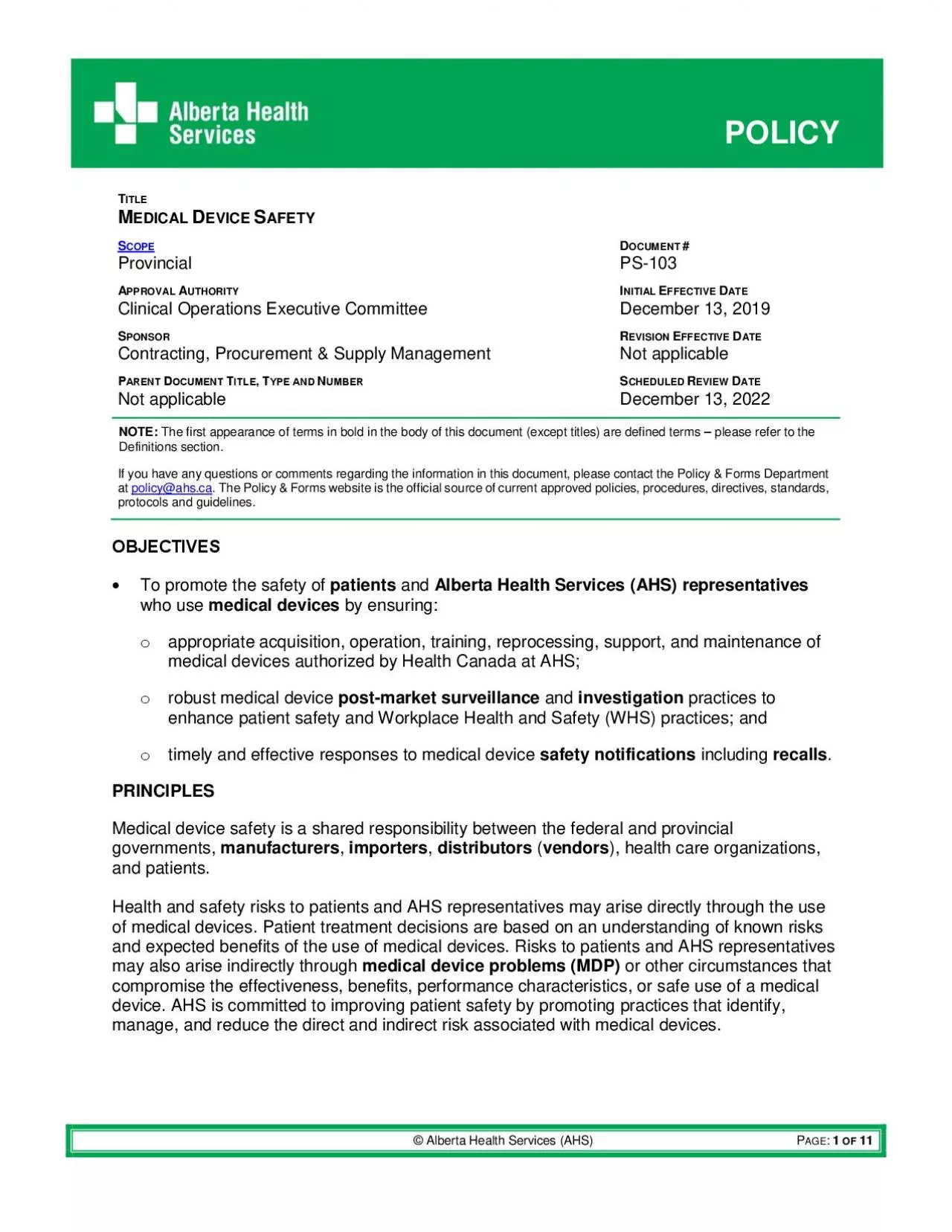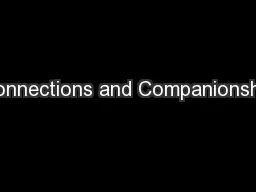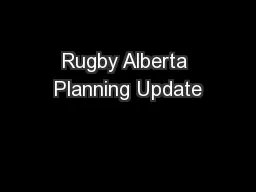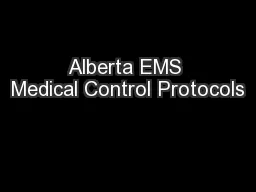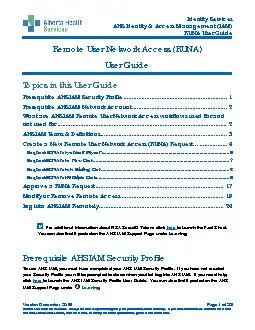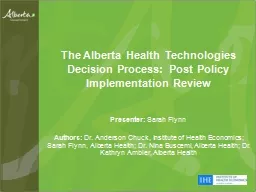PDF-Alberta Health Services AHS
Author : phoebe | Published Date : 2021-08-10
POLICYPAGE1OF 11TITLEMEDICAL DEVICE SAFETYSCOPEProvincialDOCUMENT PS103APPROVAL AUTHORITYClinical Operations Executive CommitteeINITIAL EFFECTIVEDATEDecember 13
Presentation Embed Code
Download Presentation
Download Presentation The PPT/PDF document "Alberta Health Services AHS" is the property of its rightful owner. Permission is granted to download and print the materials on this website for personal, non-commercial use only, and to display it on your personal computer provided you do not modify the materials and that you retain all copyright notices contained in the materials. By downloading content from our website, you accept the terms of this agreement.
Alberta Health Services AHS: Transcript
Download Rules Of Document
"Alberta Health Services AHS"The content belongs to its owner. You may download and print it for personal use, without modification, and keep all copyright notices. By downloading, you agree to these terms.
Related Documents

